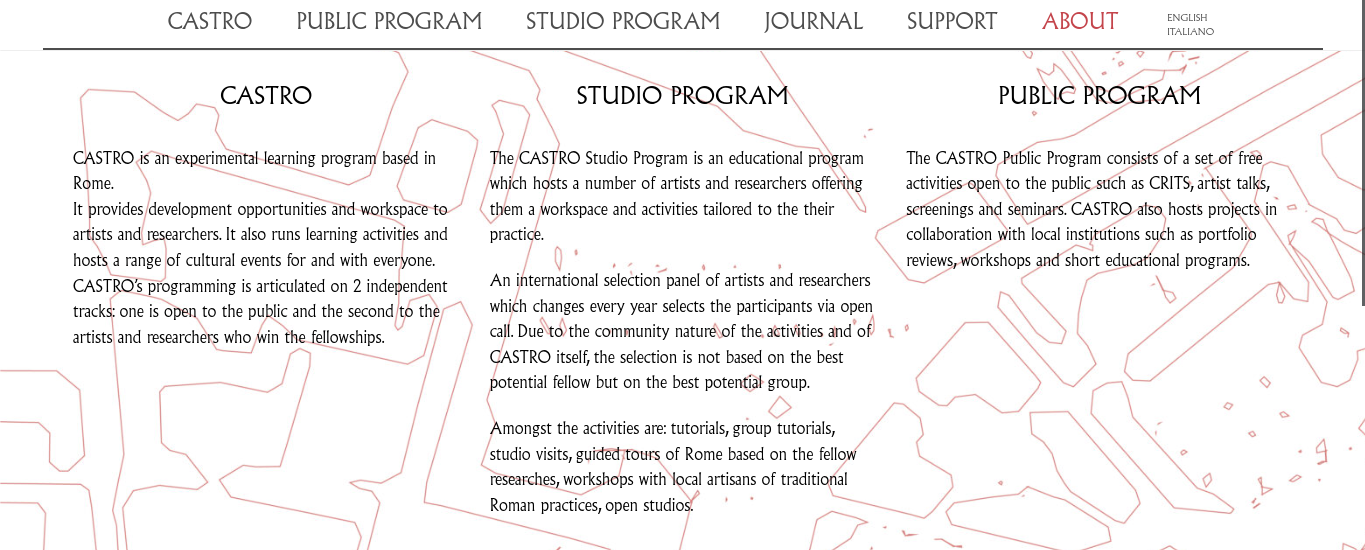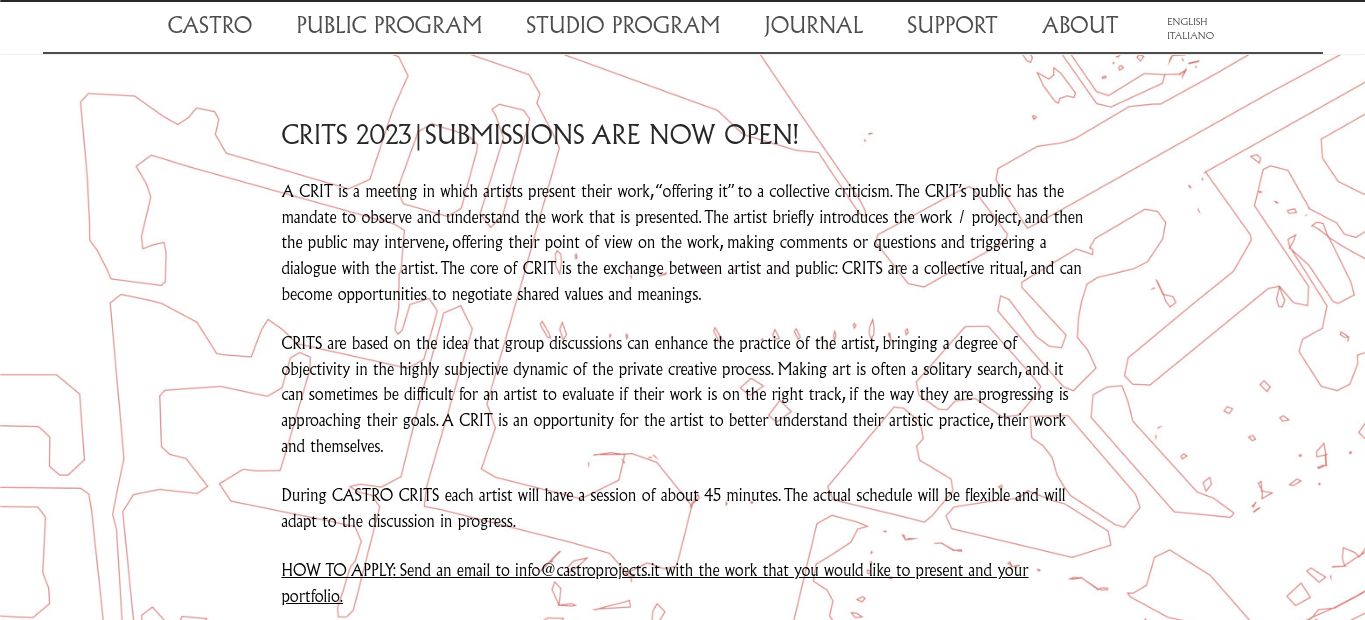Lawrence Alloway situates the curator as at the interface of the museum as an institution and the public as consumers (1), placed in a space of multiple perspectives, times and responsibilities. Regularly found at this frontier, the curator regulates a museum/gallery ethos that runs alongside the commitment to a broad range of visitors and the wider community. Alloway also interrogates a relationship between curator and the artist-dealer-collector group and whether this exchange is in need of strategies of independence by the curator (2). I believe this was apparent when visiting the Gallery of Modern Art, Glasgow to see Taste, an exhibition of well known and frequently shown artworks, alongside documents regarding the acquirement of artworks and collections history (mentioned in blog post week 1); creating a different perspective for these works and their place in the artist-dealer-collector group. Martin Craig, Curator of Collections post 1945, GoMA, posits this revolving exhibition as modern art conversing with its own past and historical attributes (3), artworks becoming narratives outside of themselves. Opposed to this autocratic running of a gallery are artist-run spaces that have a more democratic outlook when administering roles and responsibilities in gallery settings. A recent Frieze article examines artist-led spaces in Rome which, during and after the pandemic took on a newly found prominence in the local art scenes: unlike museums and art foundations, which were forced to close in 2020 due to the pandemic, studios were still allowed to operate, which pushed many art professionals, including Leoni, to uncover the art scene in their hometown – long ignored by the city’s institutions in favour of internationally recognized Italian artists or artists from abroad. These spaces are more community driven and more inclusive to all who wish to use said spaces; a major catalyst for emerging artists. CASTRO, a space mentioned in this article, provides a learning programme and spaces for artists and researchers to use as well as a public programme of varied events and workshops (see fig 1). As told here, Gaia Di Lorenzo, Director and Founder of CASTRO, studied at Goldsmiths and ‘brought’ the practice of the ‘crit’ to Rome (see fig 2); this is held publicly, where the space turns into a group discussion where anyone who wants to can get involved and show work (4). The use of this space is very similar to Generator projects, (mentioned in blog post week 2) in terms of acting as a platform that champions emerging artists and has an openness to new ideas and running structures that everyone can be a part of (5).

fig 1

fig 2
1 Thinking about Exhibitions (pg. 222).
2 ibid (pg. 223).
3 At Home – Talks: Coffee with a Curator – GoMA at 25: opening to controversy, with Martin Craig. GoMA. Accessed here: https://galleryofmodernart.blog/portfolio/at-home-talks-coffee-with-a-curator-goma-at-25-opening-to-controversy-with-martin-craig/
4 Whats Behind the Boom in Rome’s Artist-Run Spaces? Ana Vukadin. FRIEZE, 27 Oct 22. Accessed here: https://www.frieze.com/article/whats-behind-boom-romes-artist-run-spaces
5 https://castroprojects.it/en/



Leave a Reply